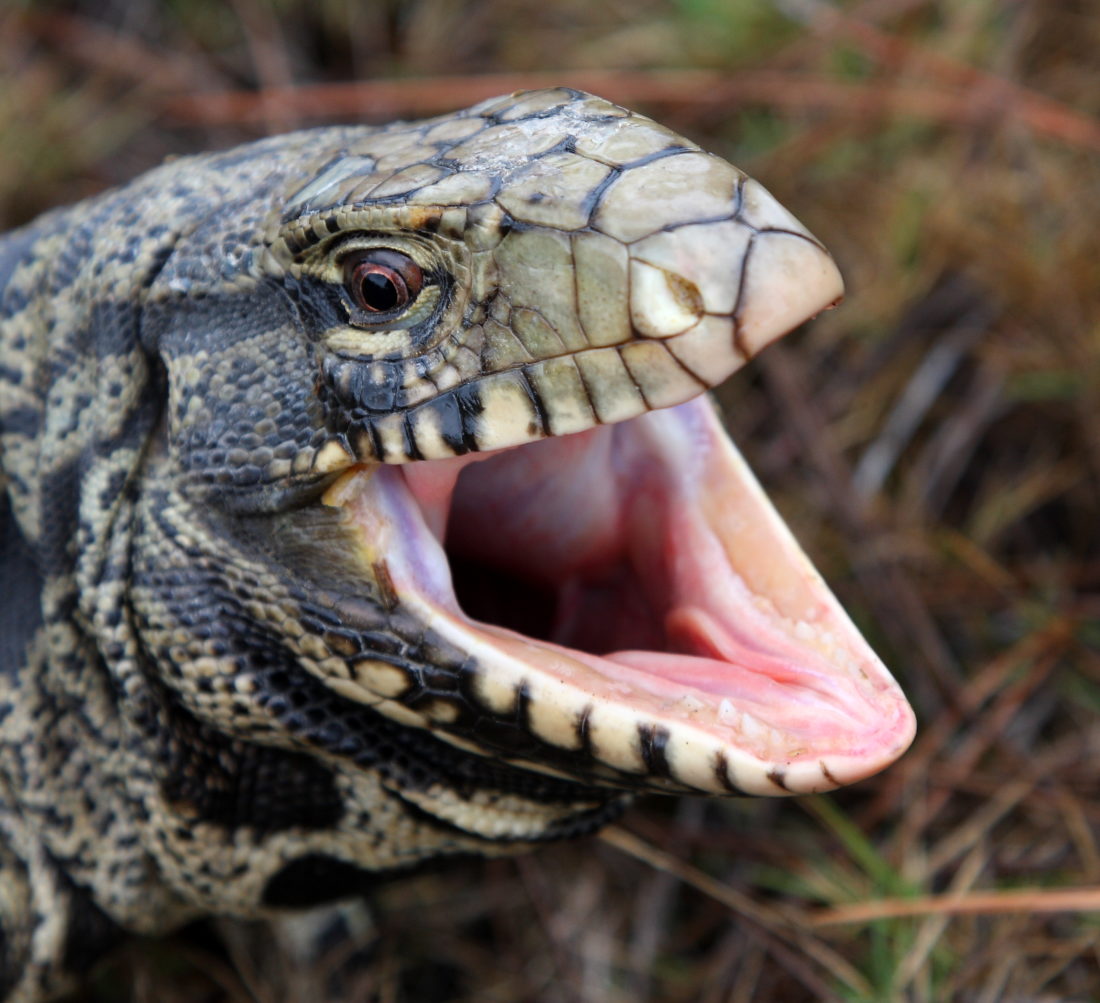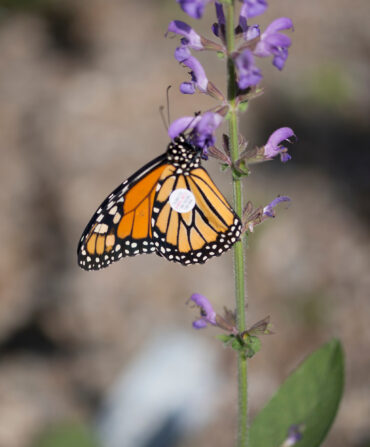Reaching lengths of four feet, with distinctive black and white coloring, it’s safe to say an adult tegu stands out in a Georgia pine forest. Popular in the pet trade and native to Brazil, Paraguay, Uruguay, and Argentina, these predatory lizards are the most recent on the list of invasive species that could pose big problems for Southern ecosystems. The good news? It might still be early enough to stop them.
“When these lizards get too large, people just release them,” says Dr. Chris Jenkins of the Orianne Society, an amphibian and reptile conservation group based in Tiger, Georgia. Released pet tegus are the most likely cause of the populations that have cropped up in southeastern portions of the state over the last few years, prompting a recent warning from the Georgia Department of Natural Resources, which is spearheading an effort to eradicate the invaders. Once in the wild, the reptiles are well suited to establishing a foothold. “Tegus can live in a lot of places, and they eat a lot of things,” says Georgia DNR biologist Daniel Sollenberger. Jenkins adds that their large size enables them to cover long distances, and that they have a high reproductive output, with females laying clutches of thirty eggs on average.
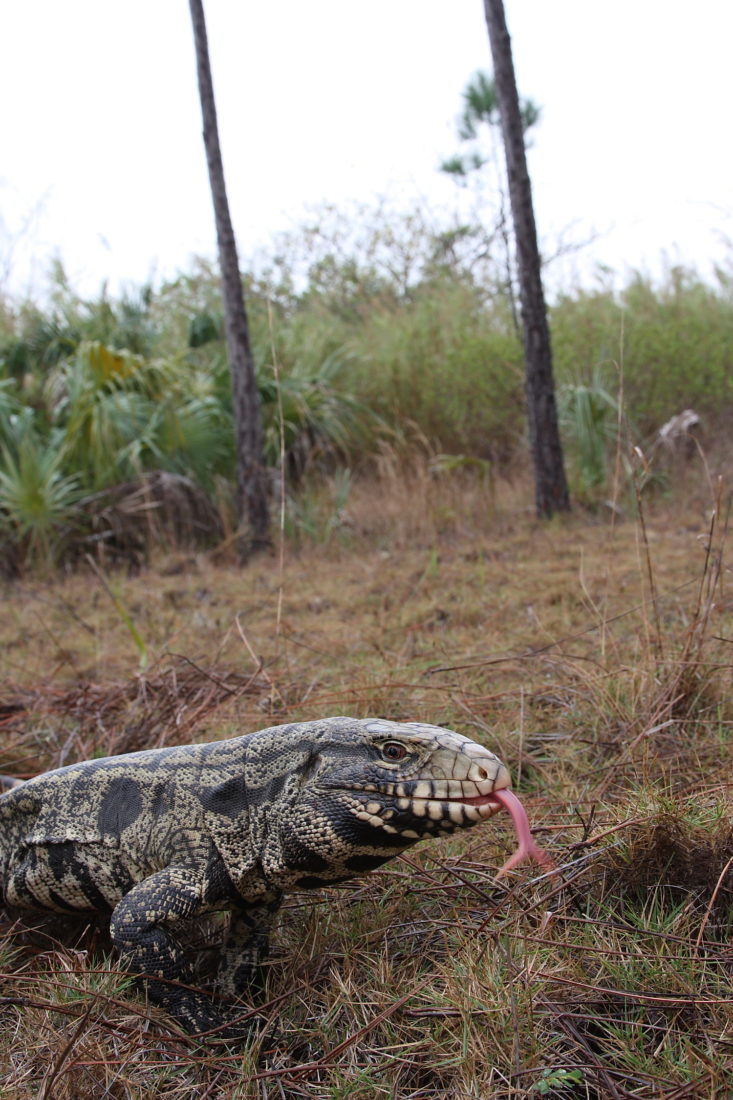
Though tegus don’t pose a direct threat to people (a four-foot lizard is not going to hunt a human, Jenkins points out), the lizards could spell disaster for native species. Ground-nesting birds, including quail, are especially at risk, as are high-concern species such as the gopher tortoise, the state reptile of Georgia. “Tegus could undermine a lot of the work we have done to conserve the gopher tortoise,” Sollenberger says. Aside from eating eggs and young, the lizards can take over burrows, where the tortoises spend most of their time. And while tegus do have a taste for eggs in particular, they aren’t picky eaters. Other reptiles and amphibians and small mammals all make the menu as well.
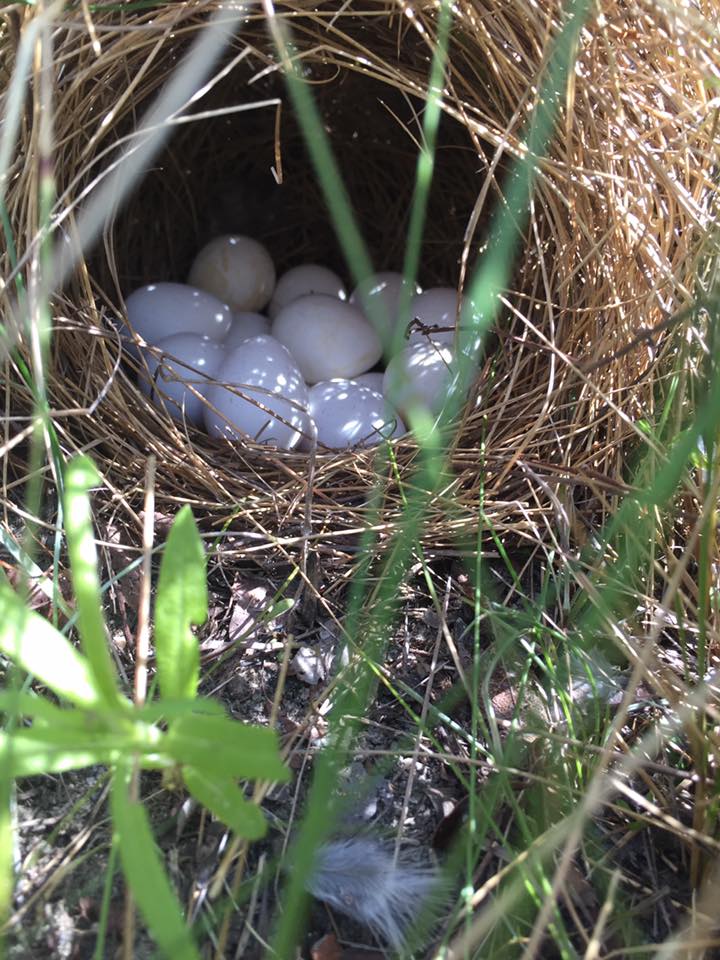
Established populations of invasive tegus exist in central and southern Florida, with the largest breeding population in the Everglades. There, the lizards will likely never be fully eradicated; they have spread too much and are too well-established. But officials agree that the lizards in Georgia are still at an early enough stage to be stopped. Thus far they have only been reported in two southeastern counties, Tattnall and Toombs. “If we are aggressive with control efforts, we can still hope to eradicate them fully,” Sollenberger says. Currently, the Georgia DNR, Georgia Southern University, and the U.S. Geological Survey are running at least seventy-five traps baited with chicken eggs in the area and will be setting up camera traps in surrounding areas to monitor signs of spread.
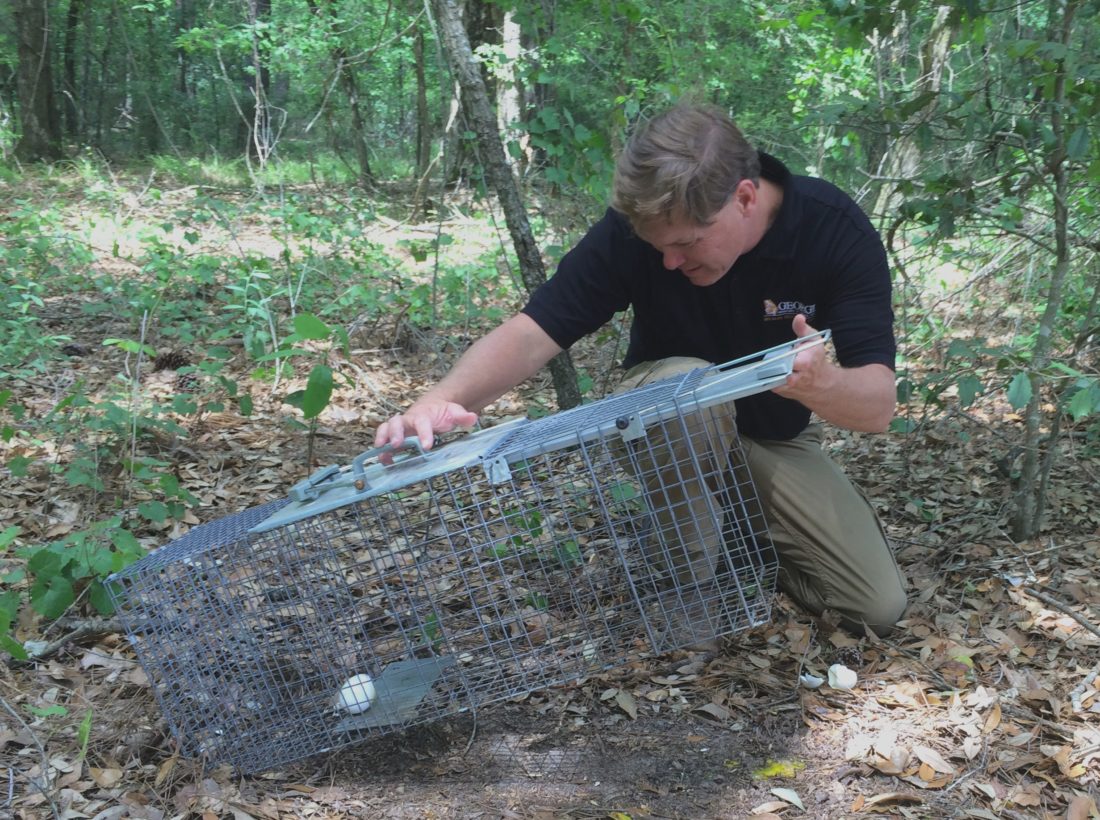
Still, much of the eradication effort relies on public awareness and action. The Georgia DNR is encouraging people to report tegu sightings—ideally with a photo—or, if they are sure that the lizard is a tegu and not a juvenile alligator or eastern fence lizard, to dispatch it humanely themselves. And both Jenkins and Sollenberger add that the problem is an acute reminder of the dangers that can arise from humans turning loose non-native species into an ecosystem. “Under no circumstances,” Jenkins says, “should anyone be releasing a pet into the wild.”
Update: On August 21, the South Carolina Department of Natural Resources reported the discovery of the state’s first black and white tegu in Lexington, just west of Columbia. The department said the lizard was an adult female measuring about 2½ feet long.


